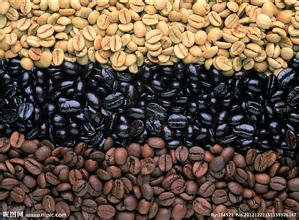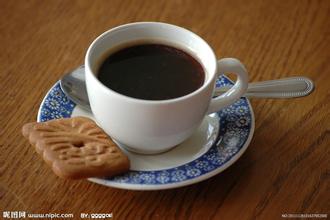Introduction of coffee bean caffeine traditional wet planing method for washing sun-tanned honey
Introduction of coffee bean caffeine traditional wet planing method for washing sun-tanned honey
Sumatra has a superior natural environment, and most of the water used will be mountain spring water.
The next step is to take out the dense beans and put them into a barrel for dry body fermentation, so that the pectose can be fully fermented to increase the flavor, usually between 12 and 36 hours, depending on the specific situation.
After exposure to the sun for 1-2 days, when the moisture is dried to 35-40%, the coffee beans are collected in woven bags, usually 40 kg and 80 kg each, and sent to the coffee processing plant for shelling.
The shelling process is to grind off the bean shell with a shell planer and then dry it until the moisture content reaches about 12% to 15%. The coffee beans are then sent for machine selection to remove a variety of impurities and then sorted by particle size.
The coffee after machine selection will be sent to the hand-selected warehouse for hand-selection, and the workers will pick out the defective beans one by one. It will be packed in gunny bags only after two or three hand selections.
Of course, accidents can happen.
In the shell planing process, the coffee bean temperature will rise to 30-60 degrees, and completely destroy the parchment, which is likely to trigger the bean sprouting.
Wet planing will also occur because the peel is removed in the production process, and the beans come into direct contact with the air, so defective beans such as mildew beans are much higher than water washing and sun drying.
This is the unique way of handling Sumatran Mantenin flavor.
In addition, the peel and pulp that have been removed can also be fermented into fertilizer. If such ecological fertilizer is used in the plantation, it can be added when applying for an organic coffee plantation.

Important Notice :
前街咖啡 FrontStreet Coffee has moved to new addredd:
FrontStreet Coffee Address: 315,Donghua East Road,GuangZhou
Tel:020 38364473
- Prev

The difference between washed Coffee and Sun-cured Coffee; introduction to the characteristics of taste and quality
The difference between washed coffee and sun-cured coffee flavor description taste quality characteristics introduction 1. The process of natural solarization (Natural/Dried-in-the-Fruit) is the simplest. The fruit begins the process of sun drying without treatment after picking. This is the oldest method of treatment in existence. This method is still used in places such as Ethiopia and Brazil. Natural day
- Next

Introduction to the price of coffee varieties and the areas where the manor is produced.
What are the prices of washed sun red wine treated coffee varieties? the selected coffee cherries are placed in specific containers by farmers (beans used by Australian baristas in Sasa competitions are placed in metal containers). But in any case, the container should have a device similar to a red wine fermentation suppository or a single exhaust valve. So, carbon dioxide
Related
- What is the meaning of lactic acid fermentation with coffee bean treatment?
- How to judge the state of foam by sound?
- How does the latte pull out the unicorn pattern? Come to get for a little trick to improve the flower pull!
- Will flower pulling affect the taste of the latte?
- Do you know the history of coffee?
- The difference between honey treatment and sun washing what is raisin honey treatment?
- What kind of milk can a novice use to make coffee foam to keep the foam longer? The correct method and skills of milking tutorial sharing
- Why do washed coffee beans taste sour? Flavor characteristics of washed Coffee
- Introduction to the skill of how to practice the size and height of water injection around the circle of hand-brewed coffee
- How do beginners practice coffee flower drawing from scratch?

